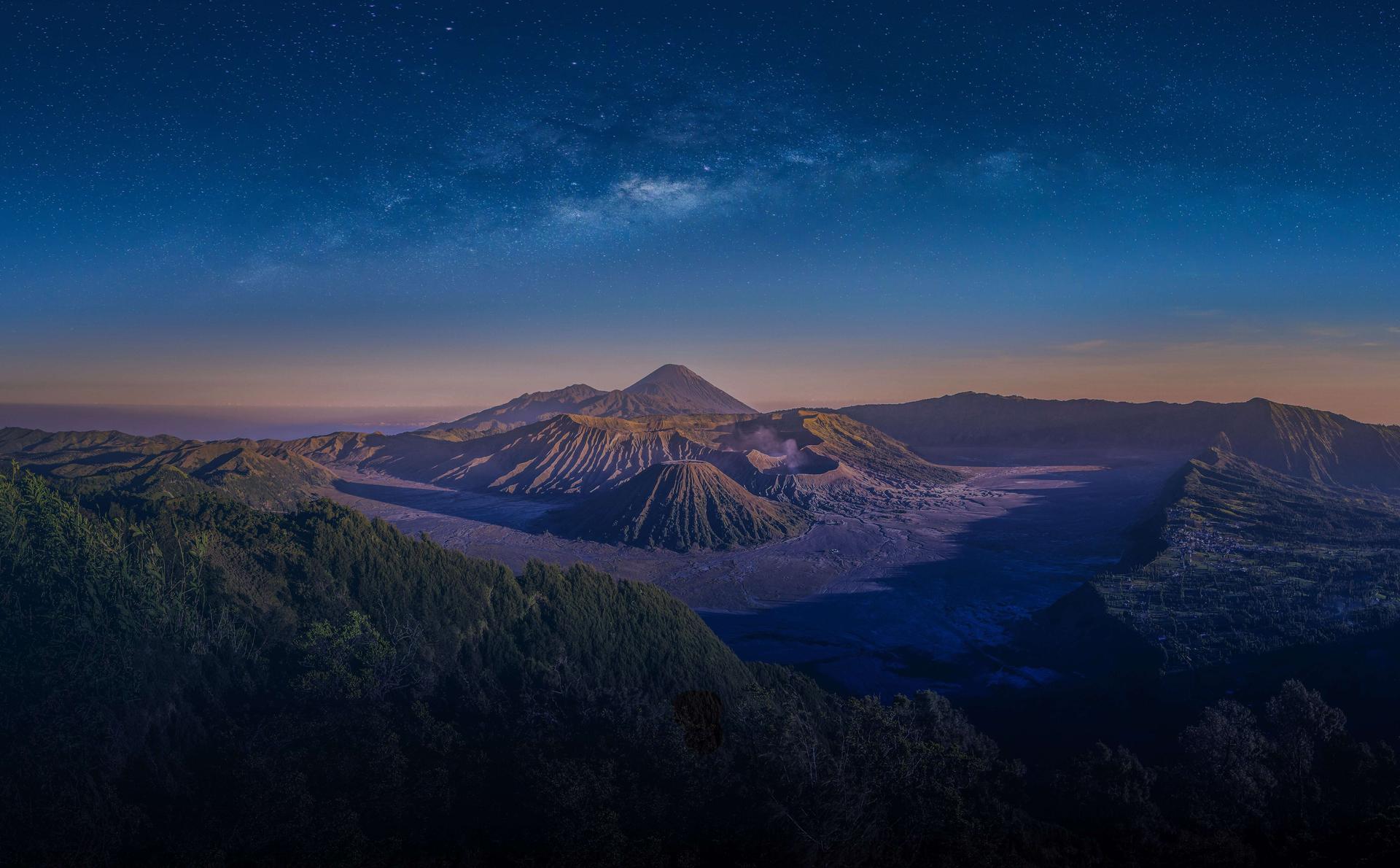5 serene lakes in Southeast Asia where you can find some peace and quiet

Throughout our history, mankind has always been drawn to lakes – as a source of life and livelihood, the origin of enchanted creatures and resting place of legendary relics.
My favorite thing to do during lakeside holidays is to witness the dramatic streaks of pinks, oranges and reds painting the dawn sky, followed by the sun’s morning rays cutting through the mist as it breaks over the water… The mystery and magic of the moment is enough to take your breath away. Take your pick from any of these beautiful lakes that can only be found in Southeast Asia:
1. Kayangan Lake | Philippines
This picturesque lake is one of the most photographed sights in the Philippines, and it’s easy to see why: its clear waters tinged the dreamiest blue invite everyone to take a dip. Claimed as the “cleanest lake in Asia”, you’ll be able to spot small fish swimming around your feet underwater and you can even swim into the small caverns etched into the limestone surrounding the lake.
It’s a bit of an uphill climb to get to the lake’s entrance, so be ready for a hike. There’s also a cave at the top of the hill for you to explore after your swim, but visitors aren’t allowed to venture far from the entrance. And don’t forget to pose for a photo at the top of the hill near the cave’s entrance – it offers a spectacular view of Kayangan Lagoon.
2. Indawgyi Lake | Myanmar
The 'floating' Shwe Myitzu Pagoda.
Located in Kachin State, Indawgyi Lake is one of the largest inland lakes in Southeast Asia. The ethnic Shan and Kachin people, who mainly practice agriculture, still live off the lake and its bounty. The lake and its surrounding wetlands are so biologically-diverse in flora and fauna that it has been protected as the Indawgyi Lake Wildlife Sanctuary.
Among the lake’s most popular attractions are Shwe Myitzu Pagoda, a 'floating' pagoda that attracts thousands of visitors during the Indawgyi Pagoda Festival held in March, and Shwe Taung, a hill to the north of the lake that has a monastery and pagoda sitting at the top, offering sweeping panoramic views of the lake. You can either explore the lake by motor-powered boat and kayak or by land by renting bicycles or motorbikes.
3. Ba Be Lake | Vietnam
Ba Be Lake in the northeast region of Vietnam is the country’s largest natural lake. “Ba Be” means “Three Lakes” in the local Tay language, referring to the three parts of the lake, named Pe Lam, Pe Lu, and Pe Leng.
Legend has it that the ancient lake was once the site of a village that had been submerged in a great flood after villagers failed to listen to an old crone’s warnings of the coming disaster. The old crone turned out to be a fairy in disguise, and the only survivors were a widow and her son who had helped the old crone out when everyone else treated her with disdain.
The lake and its surrounding forests and limestone cliffs are part of Ba Be National Park. Some notable sights you should visit are:
4. Chini Lake | Malaysia
Credit: Lempoyang Photo Art / Shutterstock
Chini Lake is Malaysia’s second-largest natural freshwater lake and is the country’s own version of Loch Ness. Locals believe that the mystical lake is guarded by a dragon-like beast known as Naga Sri Gumum and there have been a few reports of sightings over the years, though nothing conclusive. Some historians even theorize that Lake Chini is possibly the resting place of a lost Khmer civilization dating back to the 12th century, sunken beneath the waters.
Myths aside, visitors often drop by Cendahan Village, where the indigenous Jakun tribe reside. Here, you can support the local trade by purchasing handicrafts lovingly made from bamboo, such as intricate woodcarvings, combs and blowpipes.
If you’re looking for a jungle adventure, hikes through the jungle and exhilarating 4-Wheel Drive trails are waiting for you. Or enjoy a picnic next to Terapai and Mentagan Waterfalls.
5. Tamblingan Lake | Indonesia
Lake Tamblingan is a caldera lake located at the foot of Mount Lesung in Bali. It’s one of three lakes that were formed inside an ancient volcanic caldera – the other lakes are Lake Buyan and Lake Bratan. The lake, surrounded with dense rainforest and remnants of the 10th-century Tamblingan civilization, have been designated as a spiritual tourism site protected from modern development.
A procession of Balinese Hindu women headed to the temple. Credit: Anges van der Logt / Shutterstock
Many small, ancient Balinese temples are scattered around the shores of the lake and its vicinity – the most well-known is Pura Dalem Tamblingan, located on the eastern shore of the lake. Other notable temples are Pura Ulun Danu Tamblingan which is located on the southern shore of the lake near the village of Gubug and Pura Pekemitan Kangin, located on the ridge overlooking the narrow strip of land separating Lake Tamblingan from Lake Buyan.
Row row row your boat merrily along these pristine lakes – book your getaway on Traveloka today!
Recommended Articles

FAQ: Disney Cruise Line Delayed Sailing

The Ultimate Guide on How to Get to Phuket from Krabi

Roaring Through the City! Jurassic World: The Experience Bangkok

Where to Stay in Bali? Here Are 7 Areas to Choose!

Halloween Horror Nights 2025: What To Expect, When, Where, and How Much

The LEGO Flower Garden MINILAND: A Blooming Paradise at LEGOLAND Malaysia Resort






















 Facebook
Facebook Instagram
Instagram TikTok
TikTok Youtube
Youtube Telegram
Telegram
